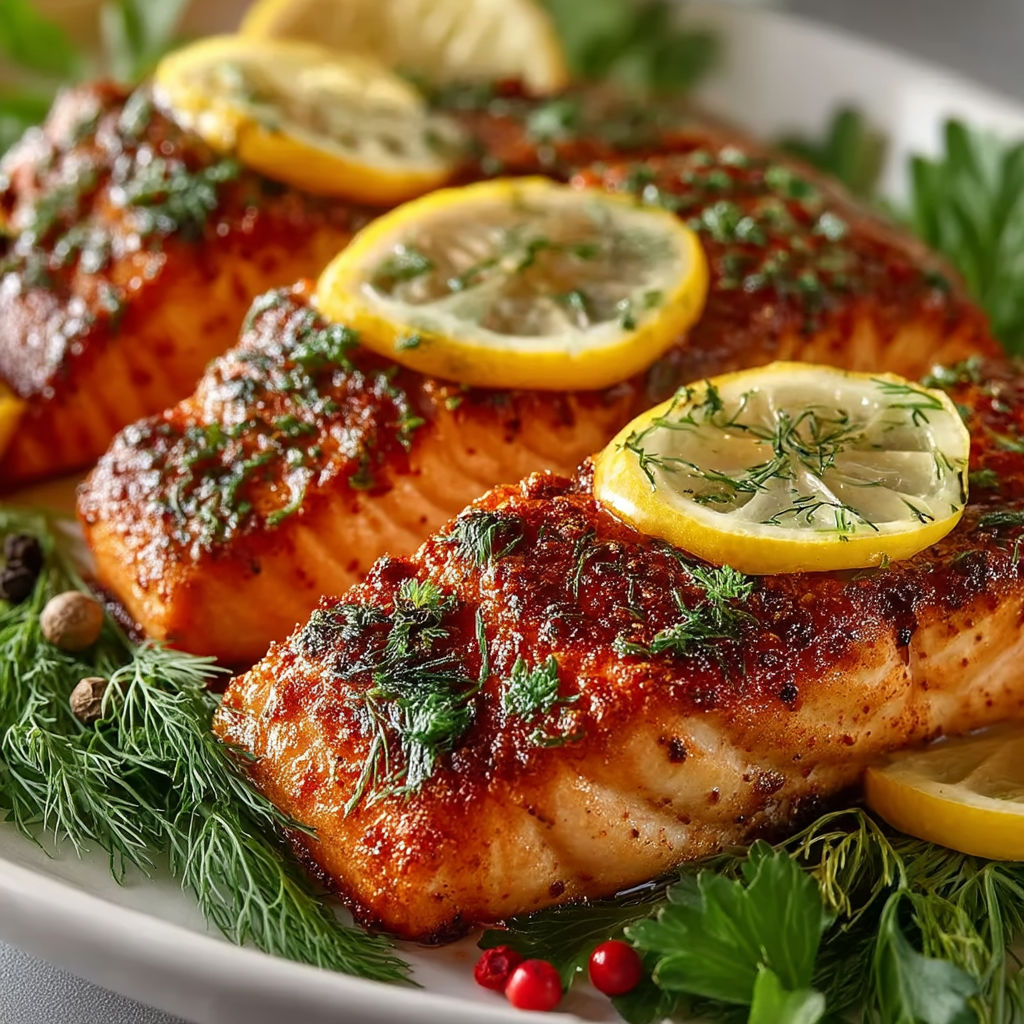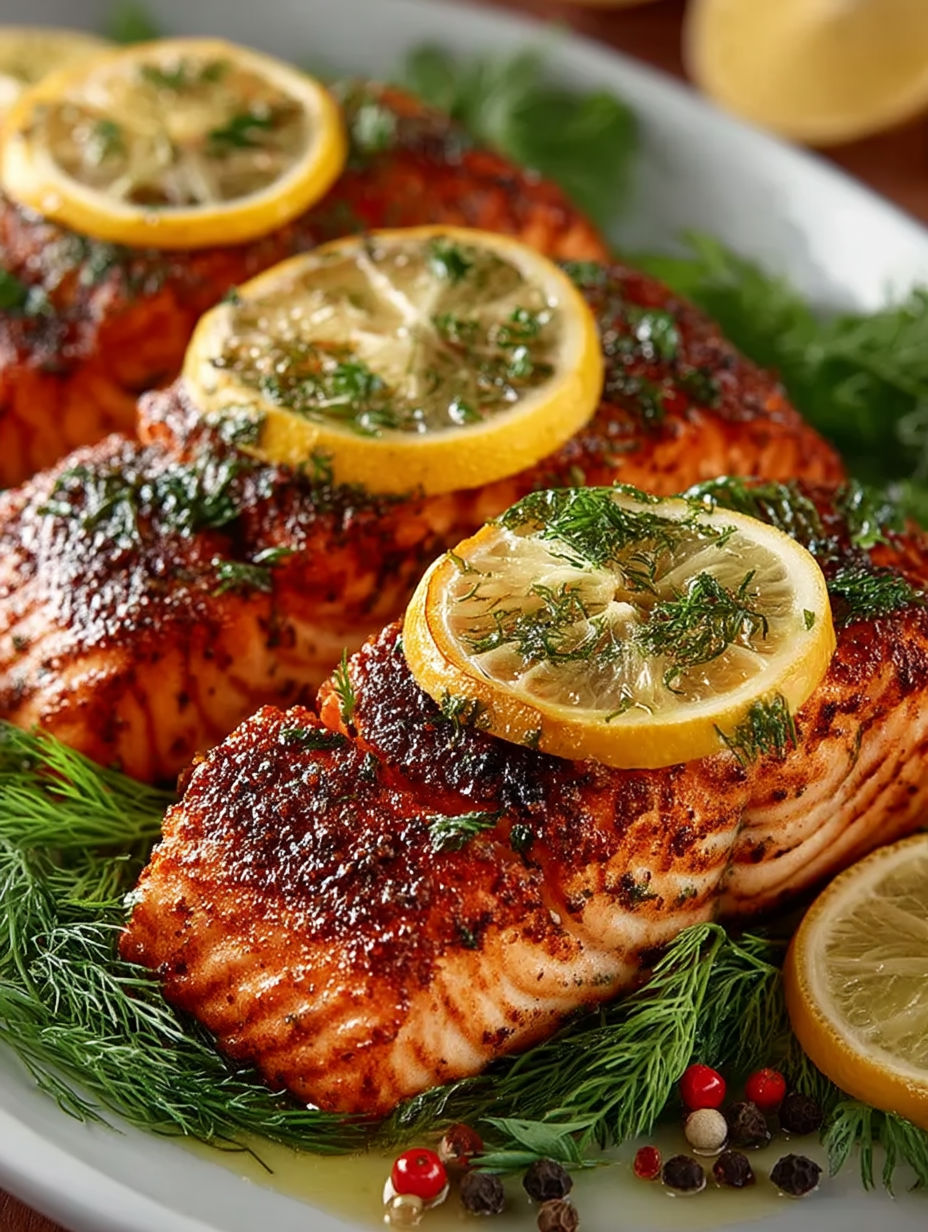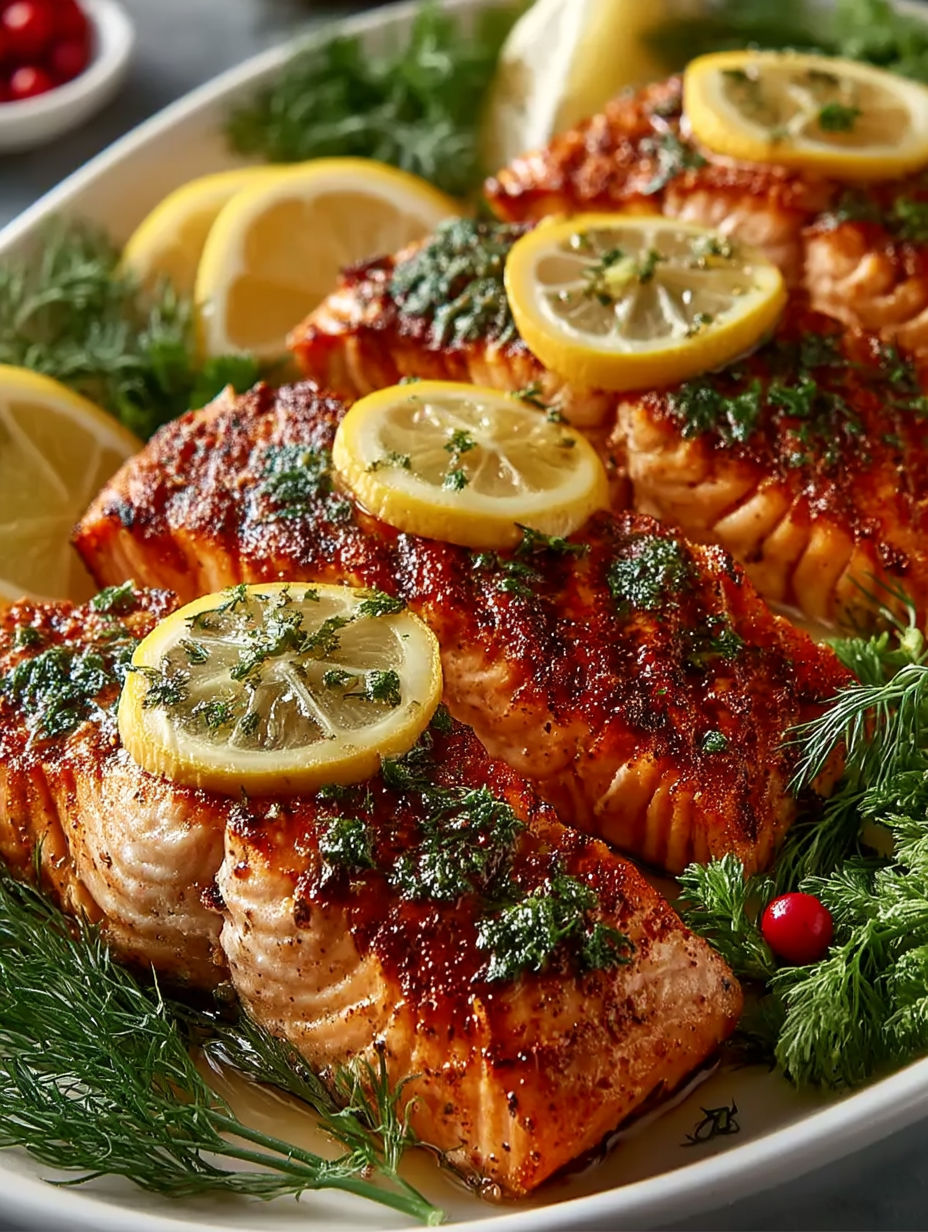 Bookmark
Bookmark
Prepare to unlock the secret to perfectly cooked, melt—in—your—mouth salmon every single time with sous vide cooking. This method guarantees a tender texture and rich flavor you simply can't achieve by traditional cooking. Whether you prefer your salmon medium—rare or more well done, this technique offers precise temperature control to suit your taste. With minimal hands—on time, it makes an impressive dish accessible even for beginners.
I first tried this recipe on a quiet weekend and was amazed by the silky texture. Now, it’s a regular request from family and friends for special dinners.
Ingredients
- Salmon fillets: Two 6—ounce salmon fillets skin on or off depending on preference— fresh and firm fillets work best for flavor and texture
- Olive oil: One tablespoon olive oil to keep the fish moist and enhance richness choose extra virgin for a mild fruitiness
- Kosher salt: One teaspoon kosher salt that seasons evenly without overpowering
- Black pepper: Half a teaspoon black pepper for subtle heat and aroma
- Lemon: One lemon sliced thinly to add bright citrus notes and balance richness
- Fresh dill: Two sprigs fresh dill which pairs beautifully with salmon for a classic flavor
- Garlic: One clove garlic minced optional but it imparts a wonderful savory depth
- Butter: One tablespoon butter optional for basting and adding silkiness during searing
Instructions
- Sauté the Aromatics:
- Not applicable here focus instead on seasoning and sous vide preparation.
- Prepare the Salmon:
- Pat the salmon fillets dry with paper towels to remove excess moisture. This is key to helping the seasoning adhere and to ensure a nice sear later on. Generously season both sides of the fillets or just the flesh side if skin is on with kosher salt and black pepper. Place the fillets in a vacuum seal bag or zip—top bag. Drizzle each with olive oil then top with lemon slices and tuck fresh dill beneath the salmon. Add the minced garlic evenly between fillets if using. For extra richness add a small pat of butter to each bag.
- Seal the Bags:
- If you have a vacuum sealer seal the bags following the manufacturer's instructions. If using zip—top bags use the water displacement method by slowly lowering the bag into a pot of water until almost all air is pushed out then seal completely. This creates a near—vacuum environment which ensures even cooking.
- Set Up the Sous Vide:
- Attach your immersion circulator to a large pot or container filled with water. Set the temperature to your preference: 120 degrees Fahrenheit for medium—rare, 130 for medium, or 140 for medium—well. I recommend 120 degrees for that silky texture. Allow water to preheat to the set temperature.
- Cook the Salmon:
- Submerge the sealed bags fully into the water bath using weights if needed to keep them underwater. Cook for 30 to 45 minutes depending on thickness—one—inch thickness cooks well in 30 minutes. Thanks to sous vide’s precision overcooking is hard to do here.
- Sear for Texture and Color:
- Heat a cast iron or regular skillet over medium—high heat. Add olive oil and wait until very hot. Remove salmon from bags discard lemon and dill and pat fillets very dry to ensure a good sear. Place salmon skin—side down if skin is on and sear for 2 to 3 minutes until the skin crisps and turns golden. For skinless fillets sear 1 to 2 minutes per side until browned. Avoid overcrowding the pan by working in batches. Optional but delicious is adding a tablespoon of butter in the last minute of searing and basting the salmon for extra flavor.
- Serve Immediately:
- Transfer the salmon carefully to plates. Garnish with fresh dill sprigs lemon wedges or flaky sea salt if desired. Serve right away to enjoy optimal texture and flavor.

My favorite ingredient has to be the fresh dill. Its bright slightly anise flavor brings the salmon to life. I remember the first time I added dill to the sous vide bag and was amazed how it infused the fish so subtly yet distinctively. Everyone at the table remarked how fresh and vibrant the salmon tasted making it a treasured family recipe ever since.
Storage Tips
Store leftover cooked salmon covered tightly in the refrigerator for up to three days. When reheating warm gently in a low oven or briefly in a pan to avoid drying out. For longer storage freeze cooked salmon with lemon slices removed and wrapped well to prevent freezer burn.
Ingredient Substitutions
If fresh dill is unavailable try fresh tarragon or parsley for a different herbaceous note. Lemon slices can be replaced with lime for a tropical twist. Unsalted butter can substitute olive oil for basting if you want a richer finish. Garlic can be omitted or swapped for shallots if preferred.
Serving Suggestions
Pair sous vide salmon with roasted root vegetables or steamed asparagus for a balanced plate. A quinoa or wild rice salad works beautifully to absorb the juices. For a lighter touch a crisp green salad with lemon vinaigrette complements the richness of the fish. Mashed potatoes or sweet potatoes are a comforting side. A drizzle of lemon butter sauce elevates the dish for special occasions.

Sous vide salmon delivers reliably tender results with minimal effort. Try the recommended temperatures to find the doneness you prefer.
Common Recipe Questions
- → What temperature is best for sous vide salmon?
For a tender, slightly translucent texture, 120°F (49°C) works well. Higher temps like 130°F (54°C) yield firmer salmon, while 140°F (60°C) is for medium-well doneness.
- → How long should salmon cook sous vide?
Generally, 30 minutes is sufficient for 1-inch thick fillets. Thicker pieces may need up to 45 minutes to cook evenly without drying out.
- → Can I sear salmon after sous vide cooking?
Yes, a quick sear in a hot skillet adds a crispy skin and enhances flavor. Make sure to pat the salmon dry before searing for the best crust.
- → Is it necessary to vacuum seal the salmon?
Vacuum sealing is ideal to remove air, but you can also use the water displacement method with zip-top bags for similar results.
- → What seasonings work best with sous vide salmon?
Lemon slices, fresh dill, garlic, kosher salt, and black pepper create a classic flavor. Butter adds richness during cooking or searing.
- → How do I prevent salmon from floating in the water bath?
Use a plate or sous vide weight to keep the sealed bag submerged fully for even cooking.
